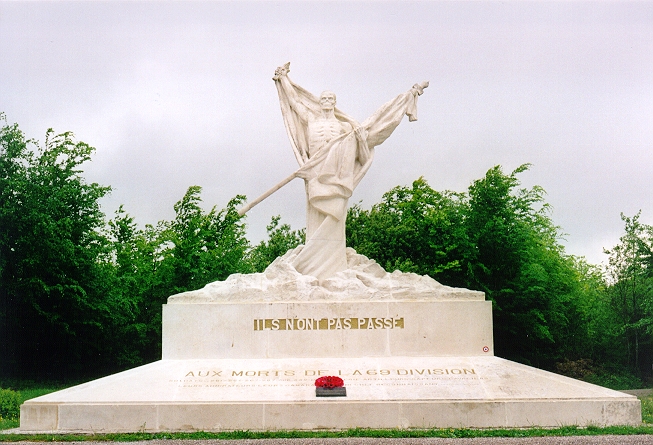Verdun
Verdun, a city with a rich history. Existed in the time of the Roman Empire, resisted Attila de Hun, fortified by Vauban and Napoleon.
Cruel
This ancient city has been used to demonstrate the cruelty only humans can do. The German Chief of Staff, Erich von Falkenhayn, believed that although a breakthrough might no longer be possible, nonetheless the French could be defeated if they suffered enough casualties. He therefore planned to attack a position from which the French could not retreat, for both strategic reasons and reasons of national pride, and so impose a ruinous battle of attrition on the French armies. The town of Verdun-sur-Meuse was chosen for this "bleeding white" of the French: the town, surrounded by a ring of forts, was an important stronghold that projected into the German lines and guarded the direct route to Paris.
When
The battle started on 21 February 1916 and lasted until 19 December 1916. It resulted in more than a quarter of a million deaths and about half a million wounded. It was the longest battle of World War I, and the second bloodiest after the Battle of the Somme (1916).
Bleed to death
Rather than a traditional military victory, Verdun was planned as a vehicle for destroying the French army. Falkenhayn wrote to the Kaiser:
| The string in France has reached breaking point. A mass breakthrough—which in any case is beyond our means—is unnecessary. Within our reach there are objectives for the retention of which the French General Staff would be compelled to throw in every man they have. If they do so the forces of France will bleed to death. |
They shall not pass

|
<googlemap lat=49.228144 lon=5.251095 zoom=14 selector=no /> |
The answer of the France was as to be expected
| English | They shall not pass | |
| Francais | On ne passe pas [1] |
The monument above (the memorial on Mort-Home, a hill near Verdun) has the encryption of the end-result "They did not pass" (France:"Ils n'ont pas passé ") is one of the most famous killing field.
The Battle of Verdun — also known as the "Mincing Machine of Verdun" or "Meuse Mill" — has become a symbol of French determination to hold the ground and then roll back the enemy at any human cost.
Armies
French army
At the opening of the Verdun offensive in February 1916, the typical French soldier was clad in the horizon blue tunic and trousers, with an outer wrapping of the Modéle (Mle) 1914/15 greatcoat and head protection courtesy of the Mle 1915 Adrian pattern steel helmet. His personal world was carried in the Mle 1893/1914 knapsack, the contents of which revealed every soldier’s priority at the frontline. [2]
German army
Before the autumn of 1916, each regiment was allocated a machine-gun company, initially of six heavy machine-guns.
The weapon strength of this company was progressively increased to twelve machine-guns, then each battalion received its own machine-gun company, each of which swelled from four guns to twelve by the end of the war.
From the autumn of 1916 the divisions on the Western Front also tended to acquire a separate machine-gun detachment three companies strong, each with twelve machine-guns.
The effect was essentially a 600 per cent increase in automatic firepower within the German infantry division, illustrating how significant the machine-gun was within German defensive strategy. [2]
Links
top For pictures of Verdun see the author's Flickr webpages.
Internal
- Somme 1916, Another massacre related to Verdun. The idea was to release the pressure of Verdun by creating an attack near the river the Somme.
See for more links WW1_Links on this site.
External
- Verdun, Dutch/English site with excelent information.
See also
| Nickname | Description |
|---|---|
| Poilu | French soldier (Literally: Hairy One). |
| Fritz | German soldier |
| Tommy | Britisch Soldier |